The Ultimate Guide To Companion Planting Trees
The Ultimate Guide to Companion Planting Trees
Companion planting is a gardening technique that involves planting different types of plants together to benefit each other. This can be done with fruits, vegetables, herbs, flowers, and even trees.
There are many benefits to companion planting trees. For example, some trees can attract beneficial insects that help to control pests, while others can improve the soil quality or provide shade for more delicate plants.
In this guide, we will discuss the basics of companion planting trees, as well as some specific examples of beneficial combinations. We will also provide some tips for choosing the right companion plants for your specific needs.
What is Companion Planting?
Companion planting is a gardening technique that involves planting different types of plants together to benefit each other. This can be done with fruits, vegetables, herbs, flowers, and even trees.
There are many benefits to companion planting trees. For example, some trees can attract beneficial insects that help to control pests, while others can improve the soil quality or provide shade for more delicate plants.
How Does Companion Planting Work?
The benefits of companion planting trees come from the different ways that plants interact with each other. For example, some trees can release chemicals that repel pests, while others can provide food for beneficial insects.
In addition, some trees can improve the soil quality by fixing nitrogen or by attracting earthworms. And, of course, trees can provide shade for more delicate plants, which can help to protect them from the sun and wind.
Choosing the Right Companion Plants
When choosing companion plants for your trees, there are a few things to keep in mind. First, you need to consider the needs of your trees. For example, some trees prefer full sun, while others prefer partial shade.
Second, you need to consider the pests and diseases that are common in your area. If you have a problem with a particular pest or disease, you can choose companion plants that will help to control it.
Finally, you need to consider the overall look of your garden. If you want a formal garden, you will want to choose companion plants that have a similar appearance. If you want a more informal garden, you can be more creative with your choices.
Some Examples of Beneficial Companion Plants for Trees
Here are some examples of beneficial companion plants for trees:
- Asparagus: Asparagus attracts asparagus beetles, which can be a problem for many trees. However, asparagus beetles are actually beneficial to asparagus plants, so planting them near your trees can help to control this pest.
- Beans: Beans fix nitrogen in the soil, which can benefit many trees. In addition, beans can help to suppress weeds, which can free up your trees to focus on growing.
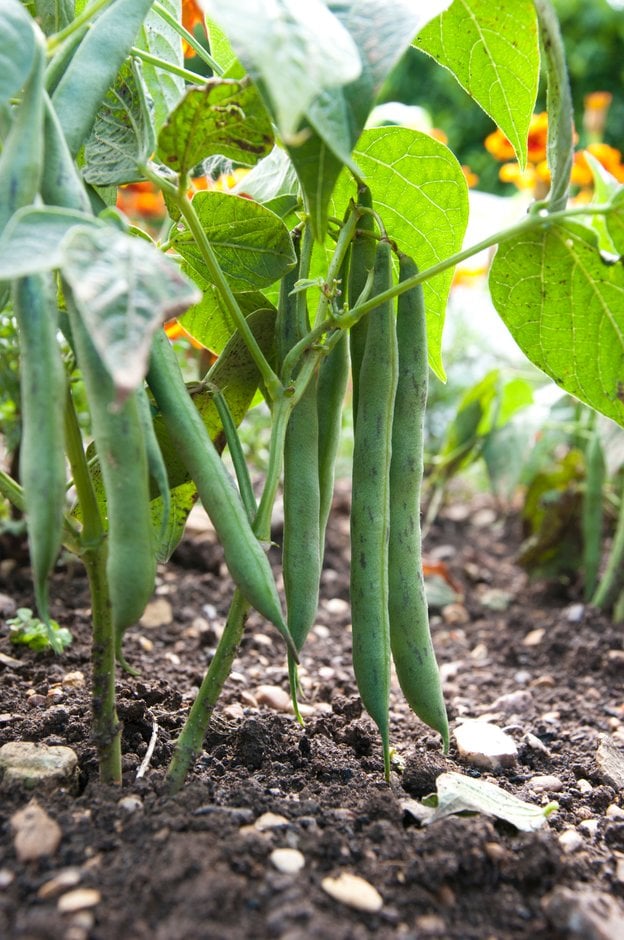-(2).jpg)
- Clovers: Clovers also fix nitrogen in the soil, and they can also help to improve the drainage around your trees. In addition, clovers can attract beneficial insects, which can help to control pests.

- Marigolds: Marigolds repel a variety of pests, including aphids, spider mites, and whiteflies. They can also help to control root rot and other diseases.

- Nasturtiums: Nasturtiums attract beneficial insects, such as ladybugs and lacewings. They can also help to deter deer and rabbits.

Conclusion
Companion planting trees is a great way to improve the health and productivity of your trees. By planting the right companion plants, you can attract beneficial insects, improve the soil quality, and control pests and diseases.
If you are new to companion planting, start by choosing a few simple combinations. As you gain more experience, you can experiment with different plants and find the combinations that work best for you.
Companion planting is a gardening technique that uses the natural relationships between plants to improve their growth and health. By planting certain plants together, you can attract beneficial insects, deter pests, and improve soil quality.
One of the most important aspects of companion planting is choosing the right plants for each other. Some plants are natural partners, while others can compete for resources or even harm each other.
If you're interested in learning more about companion planting trees, I recommend visiting the website Gardenia Inspiration. This website has a comprehensive guide to companion planting trees, including information on which plants grow well together, how to plant them, and how to care for them.
In addition to the guide, the website also has a forum where you can ask questions and get advice from other gardeners.
I hope this helps!
FAQ of companion planting trees
Q1: What are the benefits of companion planting trees?
A: There are many benefits to companion planting trees. Some of the most common benefits include:
- Increased pollination: Some trees attract pollinators, such as bees and butterflies, which can help to pollinate other plants in the garden.
- Improved pest control: Some trees can help to repel pests, such as deer, rabbits, and insects.
- Increased biodiversity: Companion planting can help to increase the diversity of plants in the garden, which can benefit the overall ecosystem.
- Improved soil health: Some trees can help to improve the soil health by adding nutrients and organic matter.
- Enhanced beauty: Companion planting can add beauty and interest to the garden by creating a variety of textures, colors, and shapes.
Q2: What are some good companion plants for trees?
A: Some good companion plants for trees include:
- Herbs: Herbs can help to repel pests and attract pollinators. Some good herbs to plant near trees include chives, mint, lavender, and rosemary.
- Flowers: Flowers can add beauty and interest to the garden, and some flowers can also help to attract pollinators. Some good flowers to plant near trees include marigolds, sunflowers, and lavender.
- Clover: Clover is a nitrogen-fixing plant, which means that it can help to improve the soil health around trees.
- Fruit trees: Fruit trees can be beneficial for other trees by providing shade and shelter.
Q3: How do I choose the right companion plants for my trees?
A: When choosing companion plants for your trees, there are a few factors to consider, such as the size of the trees, the type of soil, and the climate. You should also consider the purpose of companion planting. If you are planting companion plants to attract pollinators, you will need to choose plants that attract the same type of pollinators.
Q4: What are some common mistakes to avoid when companion planting trees?
A: Some common mistakes to avoid when companion planting trees include:
- Planting too many trees too close together. This can lead to competition for resources and can make it difficult for the trees to grow properly.
- Planting trees that have different water requirements. This can lead to one tree getting too much water or not enough water, which can stress the tree and make it more susceptible to pests and diseases.
- Planting trees that are incompatible with each other. Some trees can release toxins that can harm other trees.
Q5: Where can I find more information about companion planting trees?
A: There are many resources available to help you learn more about companion planting trees. Some good resources include:
- Books: There are many books available on the topic of companion planting. Some good books include "The Gardener's Companion" by Carol Deppe and "The New Organic Grower" by Eliot Coleman.
- Websites: There are many websites that offer information on companion planting trees. Some good websites include www.gardeningknowhow.com and www.permaculturenews.org.
- Local nurseries: Local nurseries can often provide advice on companion planting trees. They may also have a selection of companion plants that are well-suited to your climate and growing conditions.
Image of companion planting trees
5 different images of companion planting trees from Pinterest:
- Garlic and Roses: Garlic repels aphids, spider mites, and other pests that can damage roses.
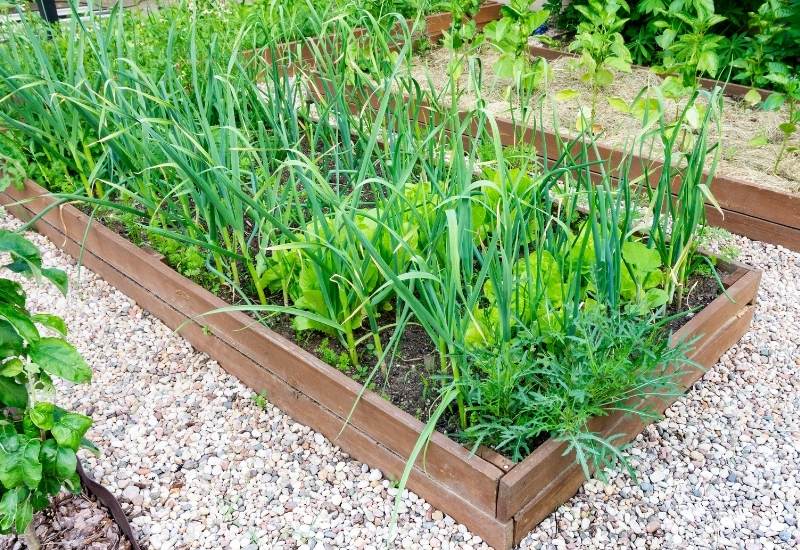
- Beans and Peas: Beans and peas fix nitrogen in the soil, which is beneficial for other plants.
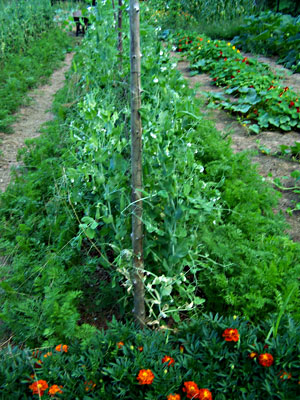
- Cabbage and Onions: Onions repel cabbage moths, which can damage cabbage.

- Marigolds and Tomatoes: Marigolds repel nematodes, which can damage tomatoes.
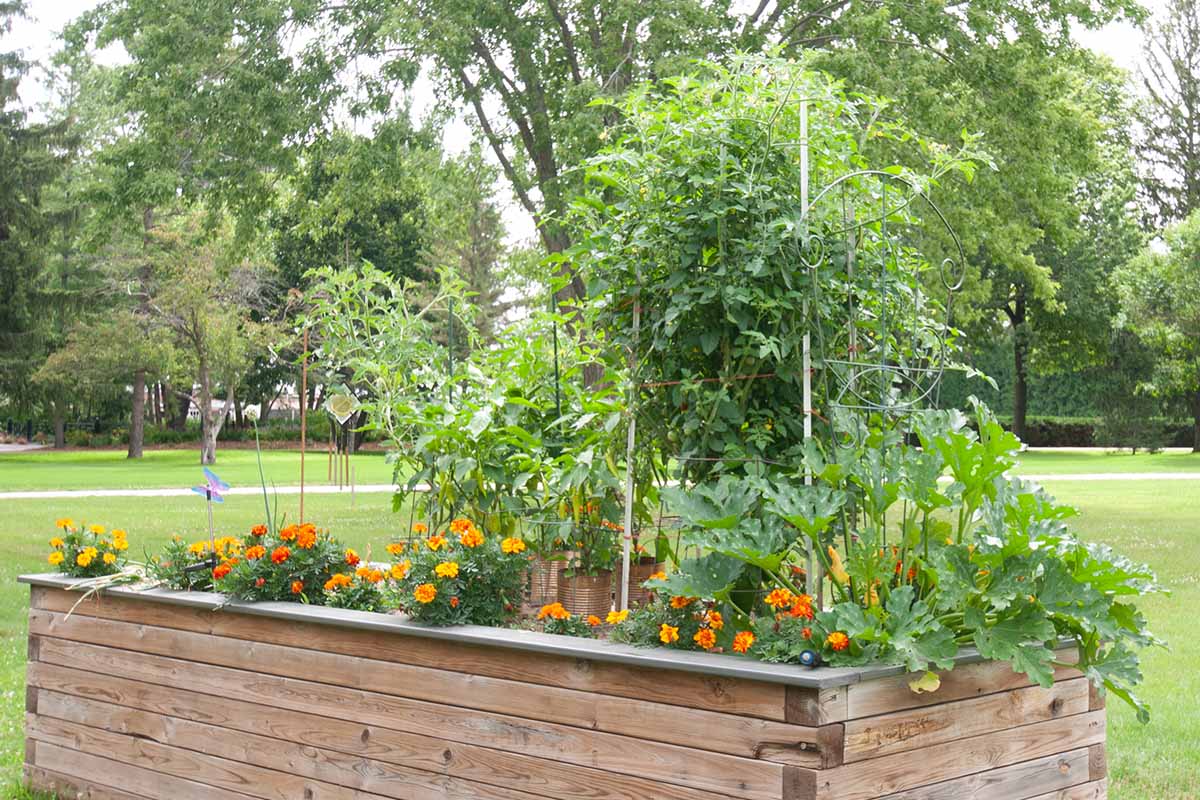
- Nettle and Strawberries: Nettles attract beneficial insects that help to pollinate strawberries.
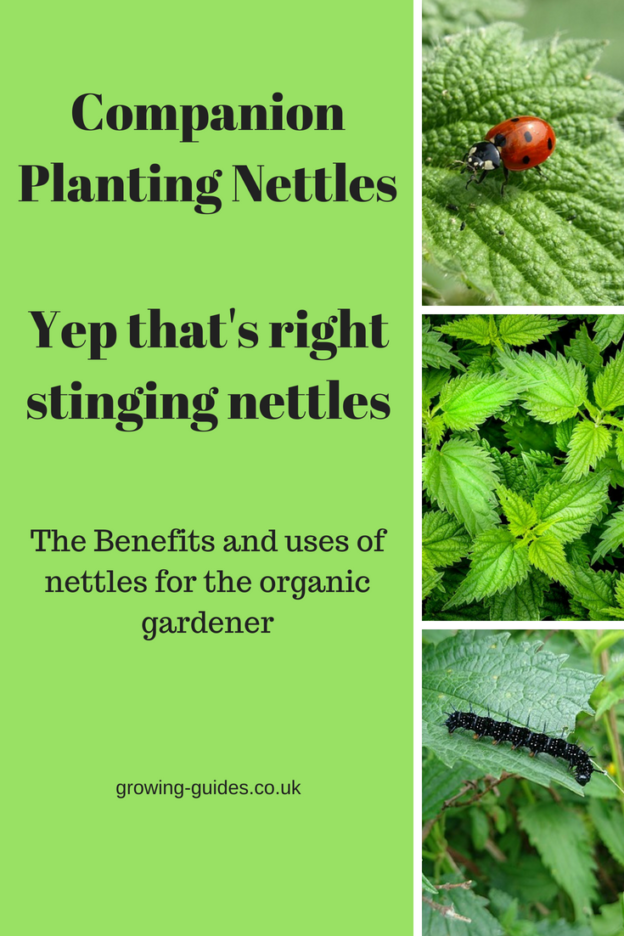
Post a Comment for "The Ultimate Guide To Companion Planting Trees"